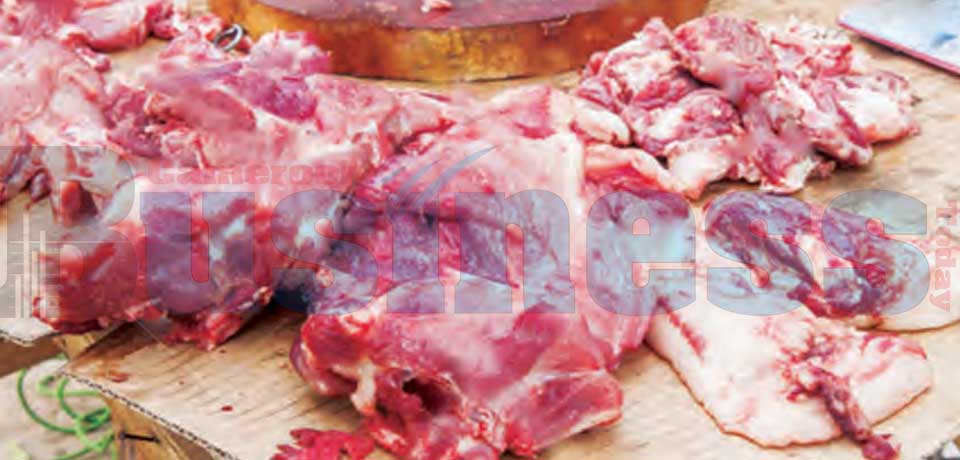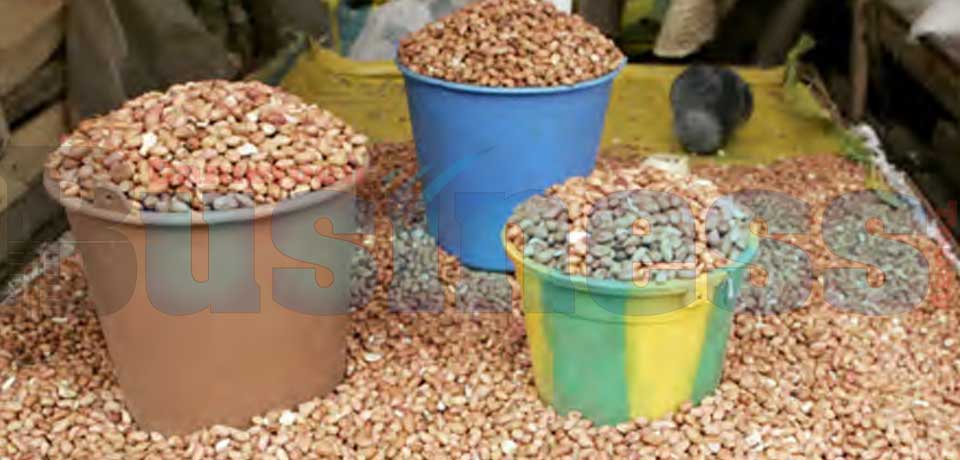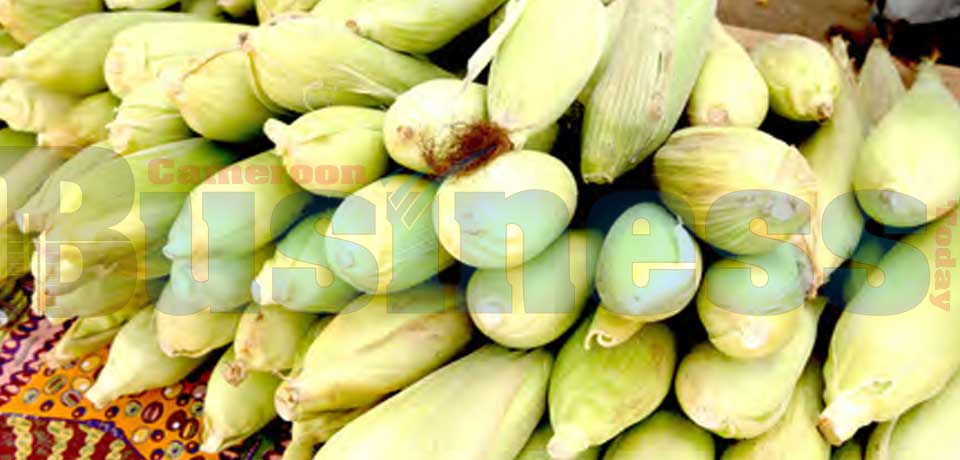Cameroon has a long standing history of palm oil production which dates back to the colonial period. The creation of Cameroon Development Corporation (CDC) in 1947 heralded the formal and institutional production of the commodity widely consumed not only in households but also a major source of raw material for industrial use such as cooking oil refineries and washing soap industries. The importance of the crude palm oil in the national economy and its cultural value makes demand to increasingly exceed supply, occasioning what the Regulatory Committee of the Oleaginous sector describes as a ‘structural deficit’ of 130,000 tons annually. To bridge the gap therefore, the government based on recommendations of the regulatory committee authorised the imports of the product with a preferential custom duty of 5 per cent signed by the Minister of Finance, Alamine Ousmane Mey on 28 December 2015 and value added tax (VAT) exemption.
According to the President of the Committee to Regulate the Oleaginous sector in Cameroon, Emmanuel Paul Nkoulou Ada, 96,000 tons of crude palm oil will be imported in 2017 based on its recommendation. Despite the fact that palm oil plantations occupy 150,000 hectares of Cameroon’s surface area (0.3%) of national territory, with agro-industries like CDC (25,000 tons), SOCAPALM (83,000 tons) and PAMOL Plc (averagely 15,000 tons) amongst others producing 60 per cent of national output and small holders’ oil palm production supplying 40 per cent, national demand still outweighs supply for several reasons. Palm oil plantations especially those of agro-industries have passed economic age with some as old as 40 years to go by the General Manager of CDC, Franklin Ngoni Njie in an interview granted Cameroon Business Today early this year. Corroborating the CDC GM, the General Manager of Pamol Plantations Plc, 3rd agro-industrial giant after SOCAPALM and CDC in palm oil production, yields per hectare remains low fluctuating less than 11 tons per hectare as compared to 20-25 tons per hectare for palm oil producing giants like Malaysia due to ageold plantations. Chief Charles Mekanya Okon adds that the situation is also compounded by lack of inputs like fertilisers which he said are expensive because there is no rebate on customs duties. Chief Mekanya also decries unfair competi...
1 minute is enough to subscribe to Cameroon Business Today Digital!
-
Your special Cameroon Business Today issue in digital version
-
Inserts
-
Exclusive calls for tenders
-
Preview (access 24 hours before publication)
-
Editions available on all media (smartphone, tablets, PC)
















Commentaires